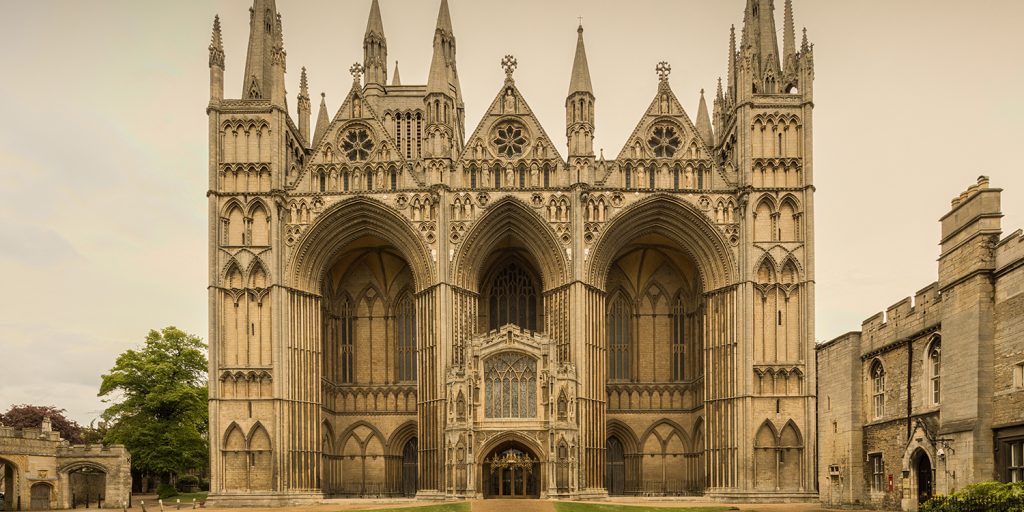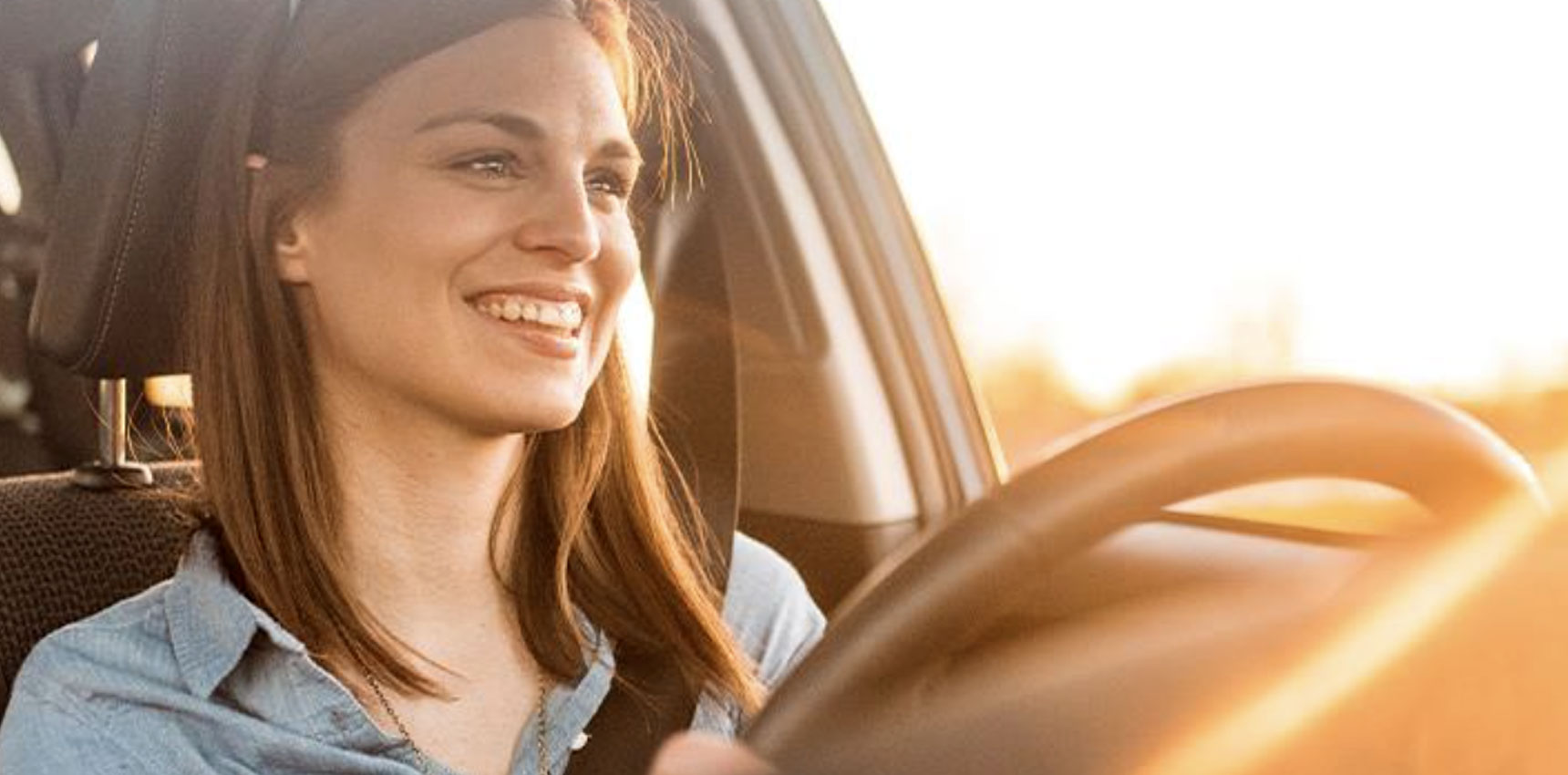Peterborough Cathedral, formally known as the Cathedral Church of St Peter, St Paul and St Andrew, is rich in cultural and architectural history. Every week it opens its majestic doors to the public, who are ecstatic to discover historical gems and Gothic designs, dating back to the republican reign of Oliver Cromwell and beyond.
Roman beginnings
The first known use of the land that the cathedral now stands on dates from Roman times. There is evidence around and underneath the existing building to suggest that a Roman building used to stand there. On the second floor of the cathedral, there are Roman artefacts for tour-goers to view. These include ancient Roman pillars, and blocks taken from the nearby village of Barnack, notably the Hills and Holes Nature Reserve within the village.
The cathedral is one of only four in Europe that have retained their wooden roofs. Peterborough’s has been there since its completion in 1250. Another rarity is the medieval windows. Not many of these exist today, since in historic buildings they have usually been renovated for structural security.
The cathedral during the civil war
Alongside the medieval windows are Gothic windows, present during the republican reign of Oliver Cromwell between 1653 and 1658. There is also evidence of the English Civil War in the cathedral. Cromwell’s men, armed with muskets, shot at the wooden beams lining the roof of the second floor, in a bid to destroy the history of the cathedral. Renovators of the cathedral structure said that the musket bullet holes still remain in the beams.
A resting place for queens
Two queens have been buried in the cathedral. Catherine of Aragon, King Henry VIII’s first wife, was buried here in 1536. Mary, Queen of Scots, who was Queen Consort of France and Queen Regnant of Scotland, was buried here initially in 1587, but was later moved to Westminster Abbey in 1612.
Cultural richness
Though the historical side of the cathedral is fascinating, for me the cultural richness within it is equally stupendous. The candlestands lining the ground floor of the cathedral, with signposts encouraging you to light a candle, either in prayer or in memory of someone, were extremely touching. There is also something about those beautiful and ornate stained-glass windows, with biblical figures carefully glazed upon them, that allows you to be at peace. Irrespective of how bustling and chaotic one’s life is, one is seemingly able to take a moment of well-deserved calm. And that, in times such as these, was the highlight for me.
I can only encourage future tours and visits to the cathedral. The information guide was approachable and shared his wisdom with the rest of the group in an organized way. He also paused regularly for members of the tour group to ask questions.
The cathedral is where it all began for Peterborough. With such historic, saintly and elaborate surroundings, I would encourage that you spend any free time you have in the coming months either in the grounds or exploring the heart of Peterborough Cathedral.
Words by Harvey Moorhouse











